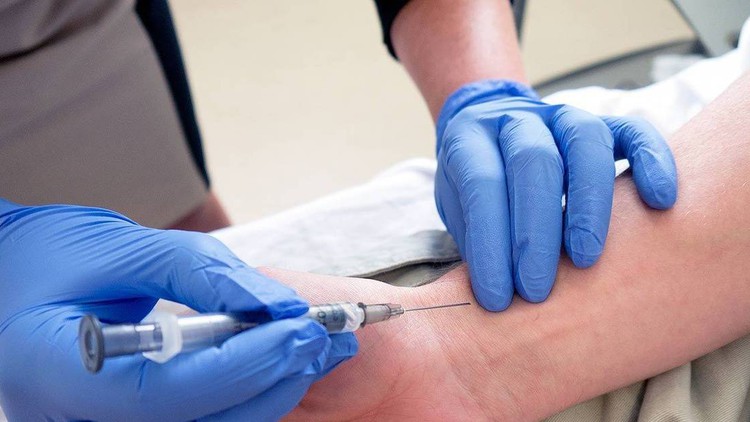Arterial Blood Gases : Intro, Interpretation & Applications

Why take this course?
Course Title: Arterial Blood Gases: Introduction, Interpretation & Applications 🚀
Headline: Master the Secrets of Arterial Blood Gas (ABG) Interpretation and Their Life-Saving Applications! 🩺✨
Course Description:
Welcome to an in-depth exploration of one of the most critical diagnostic tools in modern medicine – the Arterial Blood Gas (ABG) analysis. This essential course is designed for healthcare professionals who seek to understand the intricacies of ABG interpretation and its pivotal applications across various medical specialties.
Why Take This Course? 🤔
-
Comprehensive Understanding: Gain a thorough grasp of what ABG tests measure, including oxygen and carbon dioxide partial pressures, blood pH, and oxygen saturation – all vital for patient care.
-
Clinical Relevance: Learn how to interpret ABG results in the context of clinical presentation, allowing you to make informed decisions in critical care and respiratory medicine.
-
Diverse Applications: From pulmonology to emergency medicine, discover the wide range of applications for ABG testing, including its role in diagnosing and managing acute and chronic conditions.
Course Structure:
📚 Introduction to Arterial Blood Gases:
- What are ABGs and why they are crucial for patient diagnostics.
- Overview of the anatomy and physiology related to gas exchange.
✅ ABG Interpretation Basics:
- Understanding PaO2, PaCO2, pH, and SaO2.
- The significance of each measurement in clinical settings.
- Identifying common disorders and their impacts on ABG results.
🔬 Advanced Interpretation Techniques:
- Utilizing nomograms, calculators, and rules of thumb.
- Case studies to practice interpretation in real-world scenarios.
- Advanced insights into bicarbonate levels, lactate, electrolytes, oxyhemoglobin, carboxyhemoglobin, and methemoglobin.
🌍 Practical Applications of ABG Testing:
- How to apply ABG test results in clinical decision-making.
- The role of ABGs in monitoring critical illnesses and respiratory diseases.
- Exploring the uses of ABGs across different medical fields, including pulmonology, critical care, anesthesiology, and more.
🧬 Modern Trends in ABG Analysis:
- The evolution from laboratory analysis to point-of-care testing with advanced equipment.
- Understanding the limitations and advantages of each method.
Who Should Take This Course? 👩⚕️👨⚕️
This course is ideal for:
- Physicians and healthcare professionals who want to expand their knowledge in pulmonology, critical care, and emergency medicine.
- Medical students seeking to understand the practical applications of ABG tests.
- Nurses and respiratory therapists looking to enhance their diagnostic and therapeutic skills.
- Any individual with an interest in the clinical aspects of blood gas analysis.
Learning Outcomes:
Upon completion of this course, you will be able to:
- Confidently interpret ABG results in various clinical scenarios.
- Apply ABG findings to diagnose and manage acute and chronic conditions.
- Understand the limitations and potential pitfalls in ABG testing and interpretation.
- Stay updated on the latest advances in point-of-care testing and laboratory analysis techniques.
Join Us Now! 🎓
Embark on your journey to becoming proficient in interpreting arterial blood gases with this comprehensive course. Enhance your clinical skills, make better-informed decisions, and provide the highest standard of patient care. Sign up today and unlock the full potential of ABG analysis! 🏥📈
Loading charts...